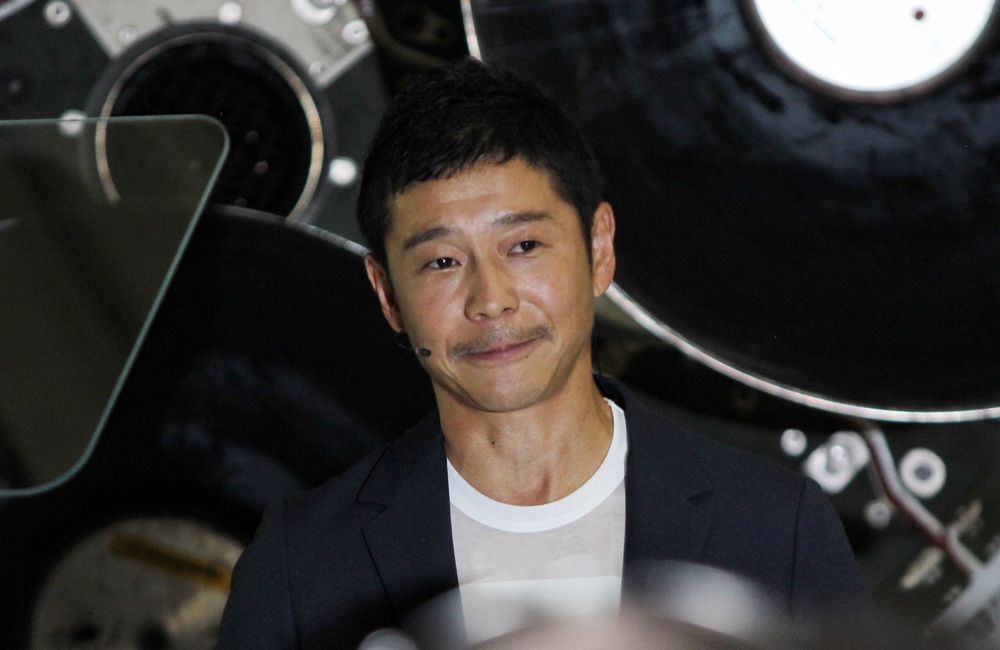Police are using cameras at private businesses and homes, along with AI, to expand their video surveillance — raising privacy concerns.



The rapidly falling cost of getting into orbit has spurred a boom in the space industry as a host of new applications become economical. Now a secretive startup plans to slash the cost to just $250,000 by flinging rockets into space rather than firing them.
Over the last decade, the pioneering work done by SpaceX has shown that getting stuff into orbit doesn’t need to be so expensive and that there are viable business opportunities to be had in the private space industry. Combined with advances in satellite technology, there’s now a thriving market for small, inexpensive spacecraft in low- E arth orbit doing everything from remote sensing to delivering broadband internet access.
But while costs have fallen dramatically, the cheapest option for reaching low-Earth orbit —a rideshare on SpaceX’s Falcon 9—still starts at $1 million, and launches only happen twice a month at best. California-based startup SpinLaunch says its technology will allow up to five launches a day for as little as $250,000.

WASHINGTON — Spaceflight Industries announced Feb. 11 it will sell its smallsat rideshare launch business to a pair of Japanese companies, allowing it to focus on its BlackSky geospatial business.
Spaceflight Industries said that Mitsui & Co., Ltd. and Yamasa Co., Ltd. will acquire its rideshare business, known as Spaceflight, Inc., for an undisclosed sum. Mitsui & Co. and Yamasa will own Spaceflight as a 50/50 joint venture. The companies said that they expect the deal to close in the second quarter of this year, after a review by the Committee on Foreign Investment in the United States (CFIUS) to examine any national security implications of the sale.
Spaceflight Industries said it will use the proceeds from the deal to accelerate the growth of BlackSky, its geospatial intelligence business that is developing a constellation of high-resolution imaging satellites. BlackSky has four satellites in orbit currently with another eight scheduled for launch this year.

Retail mogul Yusaku Maezawa has launched another competition, offering to invest a total of 10 billion Japanese yen ($91 million) in the businesses of 10 entrepreneurs.
The Japanese billionaire announced on Twitter on Friday that he would look to expand the businesses he picked, with the aim of them listing on a stock exchange, according to a translation.
He shared a link to a website outlining the terms of the competition, which explained that entrepreneurs had to email their business proposals to enter, including details as to how they would spend the funds among other information.

To address the challenge, some startups are making chips focused on specific software tasks. Others are pushing further, finding processing and storage solutions in new materials, including synthetic DNA.
Quantum computing is the best-known of these new methods. Startups as well as tech giants including Alphabet Inc.’s Google and International Business Machines Corp. are developing quantum computers, which harness the properties of quantum physics to sort through a vast number of possibilities in nearly real time. The advent of quantum computing has paved the way for other experimental techniques, startup executives say.
The market for new computing technology comes as advancements in traditional chip making are hitting a physical limit under Moore’s Law, the idea that every two years or so, the number of transistors in a chip doubles.
At the same time, advances in artificial intelligence, easier access to huge troves of data and the continuing digitization of business processes are putting new demands on corporate and scientific computing.

On Friday we wrote about Samsung’s mysterious “artificial human” project Neon, speculating that the company was building realistic human avatars that could be used for entertainment and business purposes, acting as guides, receptionists, and more.
Now, a tweet from the project’s lead and some leaked videos pretty much confirm this — although they don’t give us nearly enough information to judge how impressive Neon is.
The lead of Neon, computer-human interaction researcher Pranav Mistry, tweeted the image below, apparently showing one of the project’s avatars. Mistry says the company’s “Core R3” technology can now “autonomously create new expressions, new movements, new dialog (even in Hindi), completely different from the original captured data.”


PALO ALTO, Calif., Feb 5 (Reuters) — The Federal Reserve is looking at a broad range of issues around regulations and protections for digital payments and currencies, including the costs and potential benefits of issuing its own digital currency, Governor Lael Brainard said on Wednesday.
“By transforming payments, digitalization has the potential to deliver greater value and convenience at lower cost,” Brainard said in remarks prepared for delivery at the Stanford Graduate School of Business. The speech did not touch on interest rates or the current economic outlook.
“But there are risks,” Brainard said, in a partial reprisal of her own and other global central bankers’ worries about the rise of private digital payment systems and currencies, including Facebook’s Libra digital currency project. “Some of the new players are outside the financial system’s regulatory guardrails, and their new currencies could pose challenges in areas such as illicit finance, privacy, financial stability, and monetary policy transmission.”

It’s a model the company believes makes sense because the right answer for getting regulatory approval and delivering service in the United States or the Philippines or Indonesia will vary, Steckel said. “We’re going to be doing business with partners around the world,” Steckel said. “Our style is not confrontational. We’re using a different model. It’s a big world.”
OneWeb plans to offer its first customer demonstrations by the end of 2020 and provide full commercial global services in 2021.